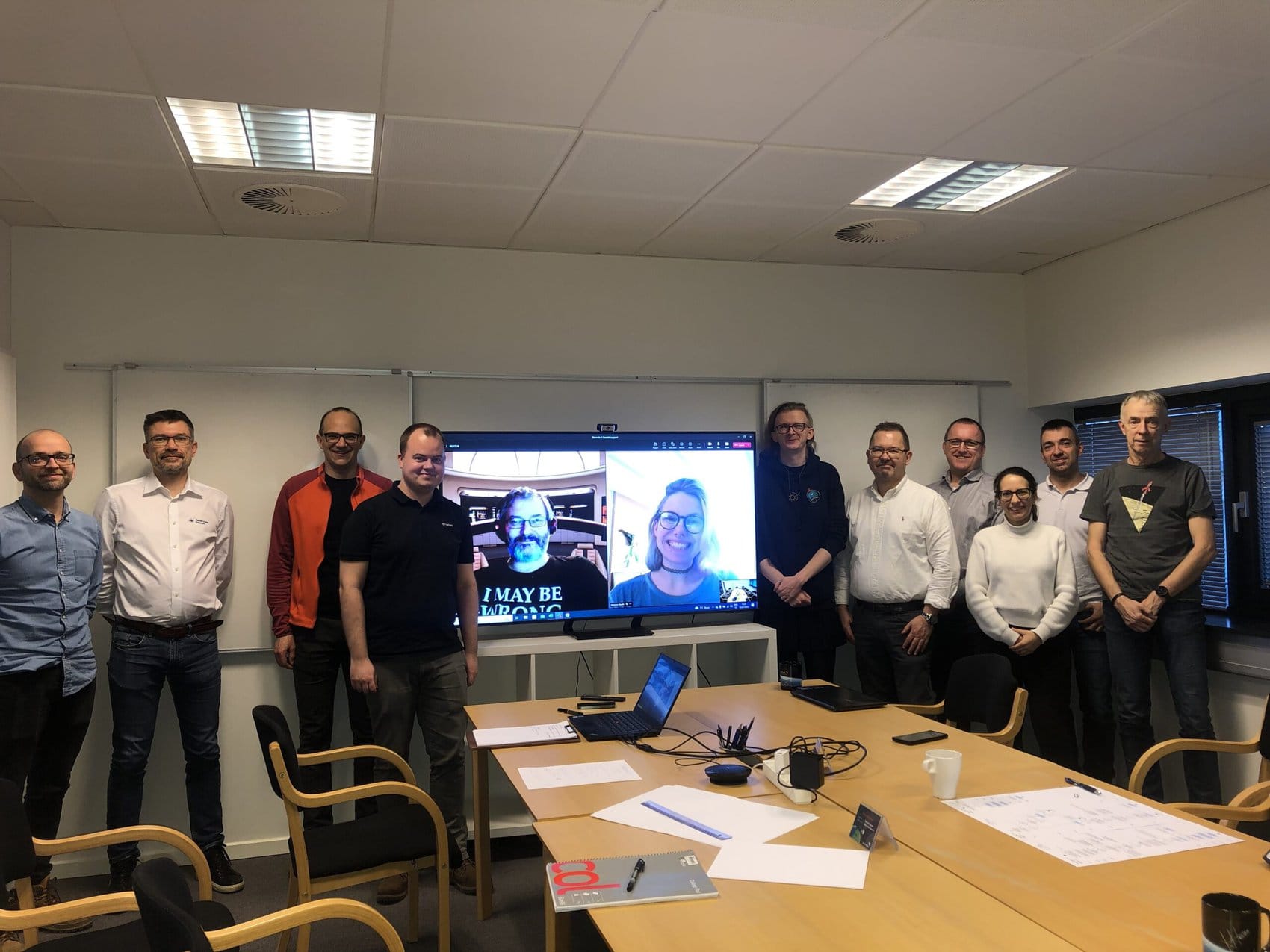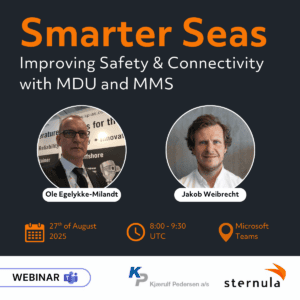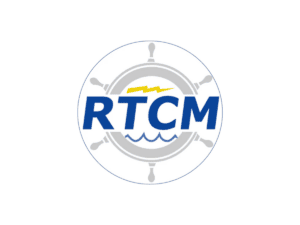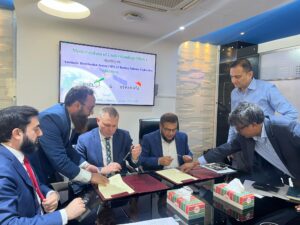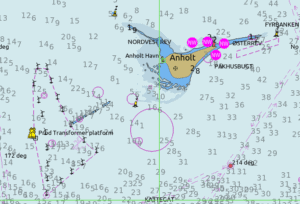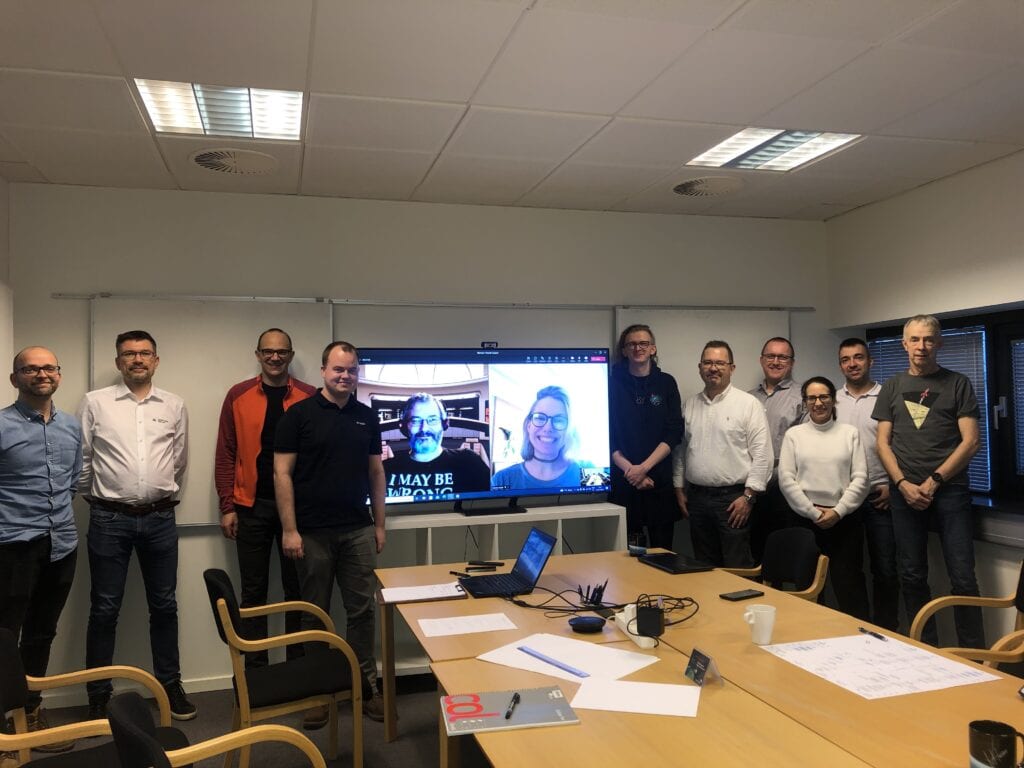Tuesday morning, 3rd of January 2023, MARIOT partners consisting of engineers from Sternula, GateHouse SatCom, Space Inventor, Aalborg University, and Satlab arrived at Sternula’s headquarters in central Aalborg. They were gathered for the mission of getting contact with the Sternula-1 satellite as soon as possible after its launch by a SpaceX Falcon 9 launcher on the same afternoon.
The team had been working together for more than 3 years to design and build the satellite, including a lot of special-purpose hardware and software. Everything had undergone strict and thorough testing, and each individual had been trained in his/her role for this extremely critical milestone of the project.
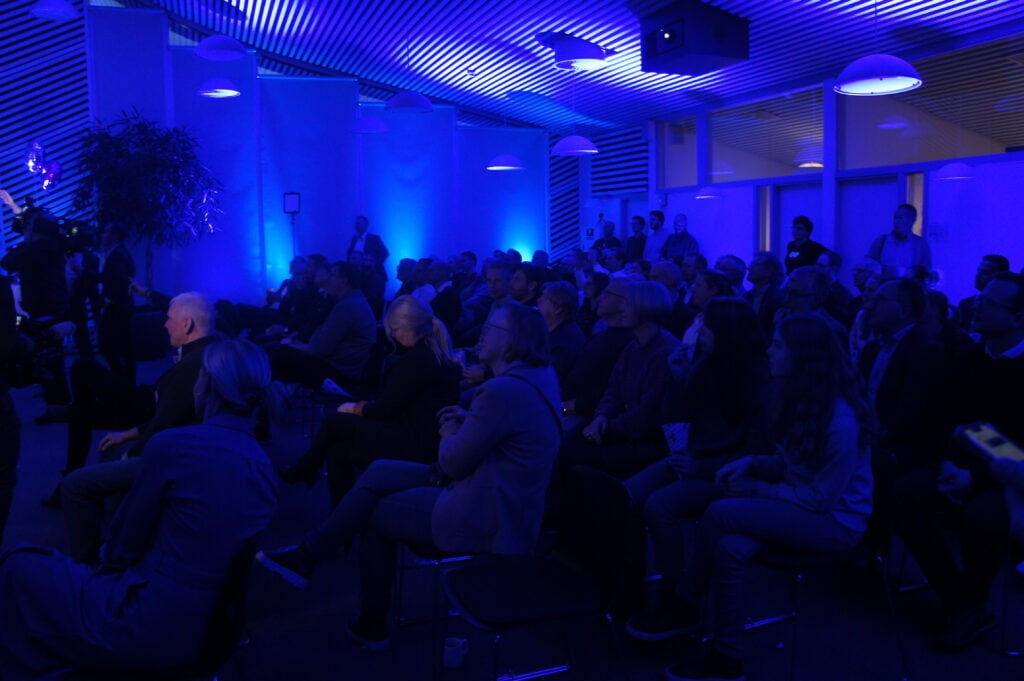
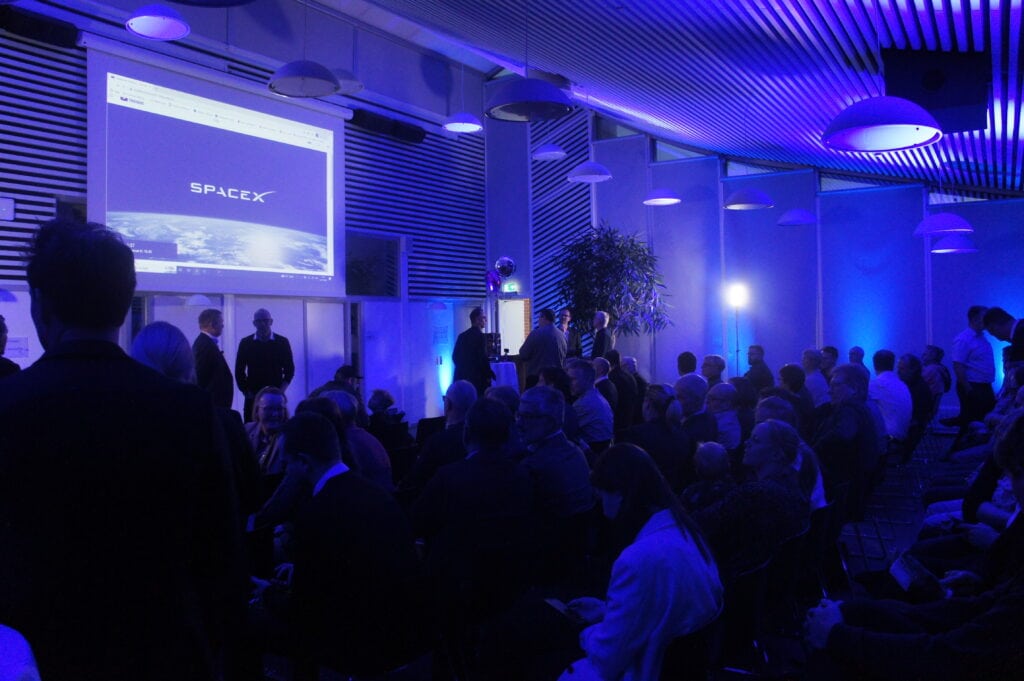
In parallel, Danish media had their eyes on the project, since it was the first ever launch of a Danish commercial satellite, and Sternula was about to become Denmark’s first commercial satellite operator. The two big national TV stations, DR and TV2, had already arranged for live transmission teams to be on site to cover the event in Aalborg.
The mission of Sternula’s non-technical staff, including Sternula’s CEO, Lars Moltsen, was to keep attention away from the technical team in order to give them the optimal conditions for performing. This was achieved by setting up a special event for media, investors, customers, partners, and other guests in collaboration with Port of Aalborg.
The event, which had close to 100 guests, was centered around a live transmission by SpaceX of the launch and later the live transmission of satellite deployment in space. Before and after the live sessions, key note speeches were given by:
- Kjartan Ross, CCO of Port of Aalborg,
- Dr. Bashir Jamoh, Director General and CEO of NIMASA,
- Jenny Gardner, Head of Strategy & Portfolio, Combat Systems, Saab,
- Jacob L. Høyer, Head of Satellites and Arctic Unit, DMI, and
- Lars Moltsen, CEO of Sternula.
Everything about the launch went well, and we had a fantastic afternoon at Port of Aalborg, where there was also time to celebrate in champagne, have popcorn, and make new relations.
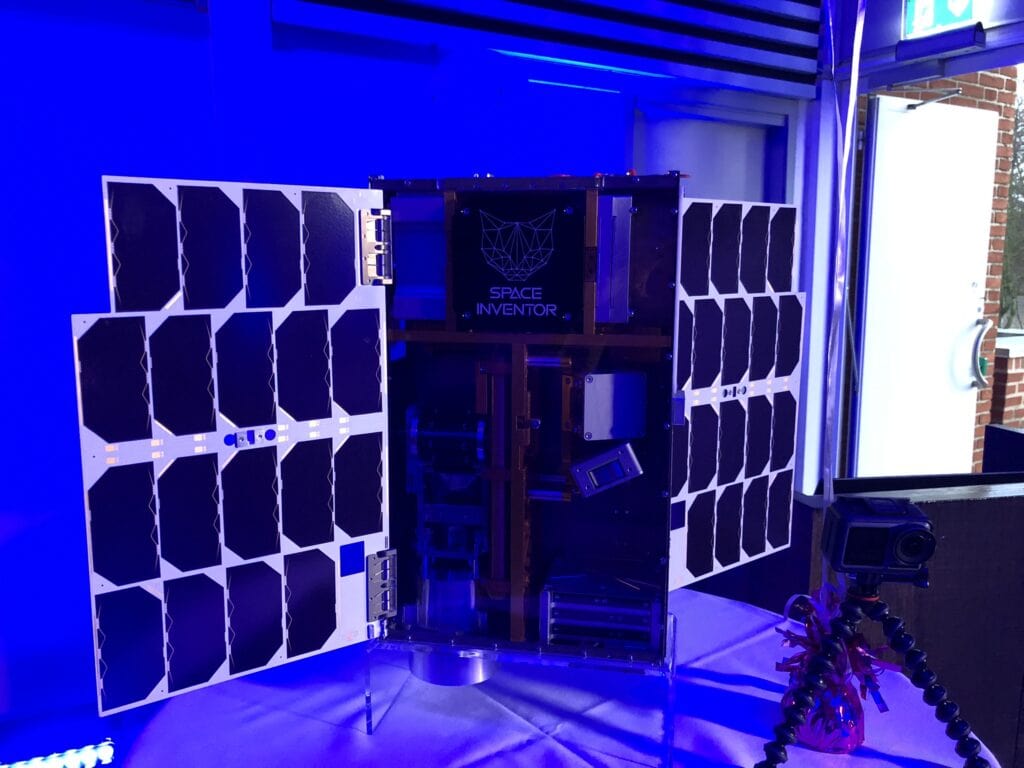
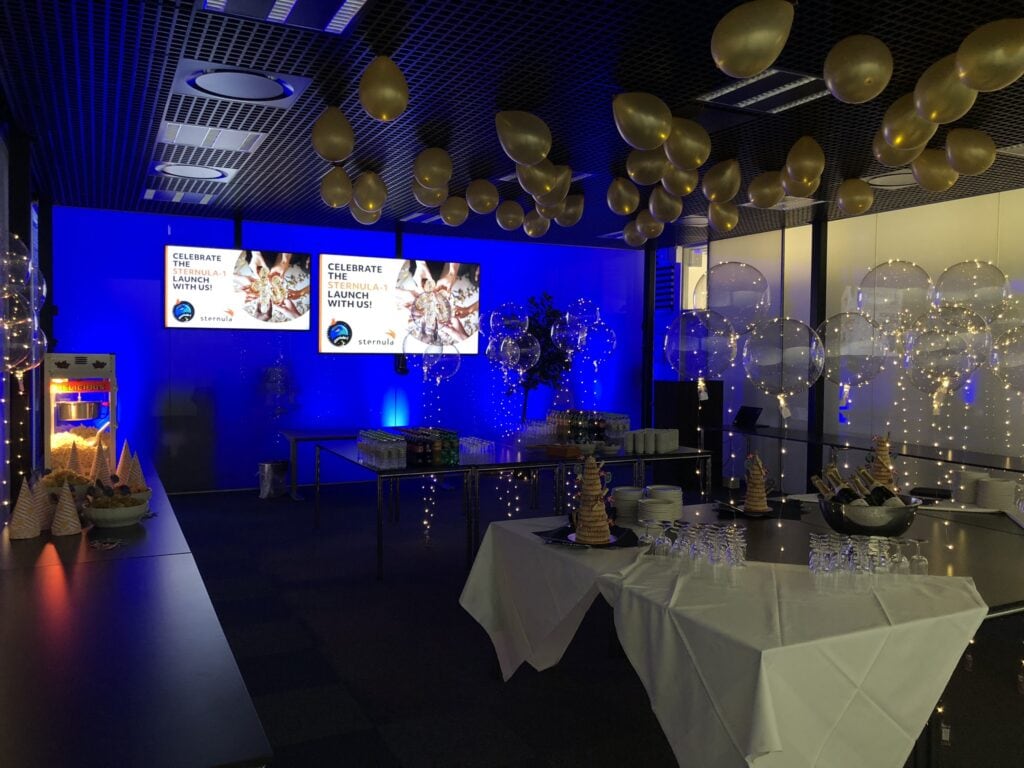
The critical step for the engineers back in the Sternula’s office was to get radio contact with the satellite. It was possible to make an attempt every time the satellite passed our ground stations in Svalbard and Aalborg, approximately every 1,5 hours (the time it takes for the satellite to travel around the planet).
The SpaceX rocket was launched at exactly 15:56 CET according to plan and the satellite was successfully deployed, flying into the orbit at 17:02 CET.
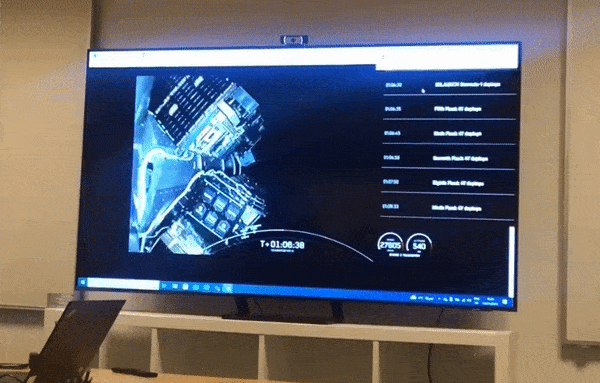
After two unsuccessful attempts (probably due to inaccurate positioning), the team successfully connected with Sternula-1 at 20:15 while flying over Aalborg. It was possible to communicate with the spacecraft and see that temperature and tumbling were good. Around midnight the mission was successfully ended, and everyone could go home and get ready for the following days’ LEOP (Launch and Early Orbit Phase) activities.
In the morning of the 4th of January, the operations team connected with Sternula-1 again and its data was showing a fully charged battery and a stable connection. For the first week, the focus is on data collection to get full information about the state of the spacecraft before any actions will be activated. Later, commands will be executed to unfold the second solar panel wing and deploy the large VHF antenna.
The MARIOT project is an R&D collaboration project between six innovative partners: Sternula, Aalborg University, DMI, GateHouse, Satlab, and Space Inventor. It has been supported by funding from Innovation Fund Denmark.


